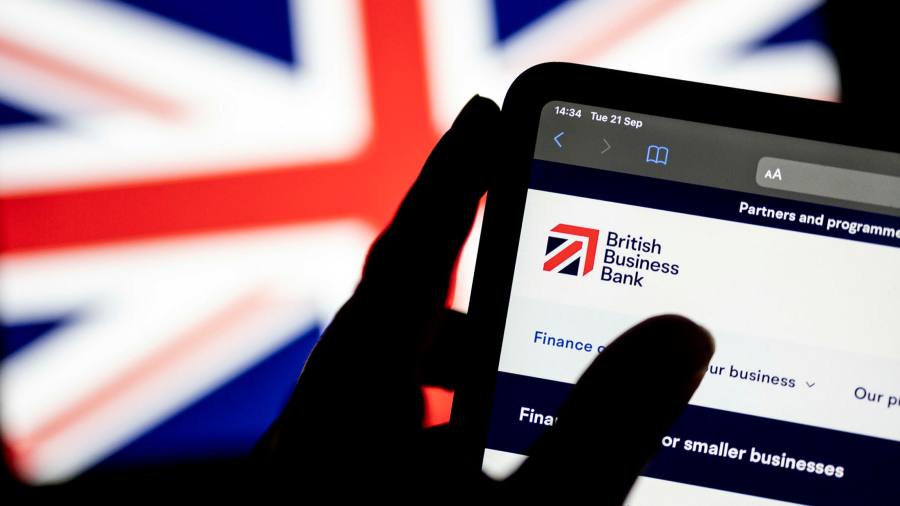The UK government’s Covid-19 venture capital fund has been mostly invested in what one director overseeing the portfolio called “zombie businesses”, leaving it with “a significant tail of dormant companies”, according to documents seen by the Financial Times.
The Future Fund, a £1.1bn portfolio set up by then-chancellor Rishi Sunak and managed by the state-owned British Business Bank, invested in 1,190 mainly early-stage companies at the height of the coronavirus pandemic.
Minutes of a BBB audit committee meeting in June 2021, seen by the FT, reveal that Dharmash Mistry, a non-executive director, said that “most of the companies in the [Future Fund] portfolio had . . . limited chance of growth to a sufficient scale for success” and would therefore become “zombie businesses”.
Minutes from a BBB audit committee meeting in February 2022 included a warning from Mistry, an experienced early-stage investor with several non-executive positions, that the portfolio was “likely” to have “a significant tail of dormant companies and it would be helpful if this could be signalled in advance to manage expectations”.
The minutes also reveal that the BBB initially assumed in March 2021 that the probability of default by the companies that received Future Fund convertible debt from the government was 54 per cent.
The scheme, which was open to applications from May 2020 to January 2021, matched funding of up to £5mn raised by companies from third-party investors if they met certain conditions. The government did no commercial due diligence, but relied on the judgment of co-investors.
The Future Fund was aimed at not-yet-profitable businesses which were not served by other government Covid support programmes. Sunak said in May 2020 the fund would help “to power the growth and innovation we will need as we recover from this crisis”.
But the BBB audit committee minutes from June 2021 record Mistry as saying the open process for Future Fund applications created “natural adverse selection”.
The scheme attracted companies who wanted “either to accumulate as much funding as possible because prospects were excellent, or because funding could not be obtained through other investment channels”, the minutes quote Mistry as saying. Mistry did not respond to a request for comment.
A spokesperson for the BBB said: “Due to the early-stage nature of venture capital investments, write-offs are relatively high, with financial returns driven by a number of high-performing outlier companies.”
The BBB highlighted data published by Horsley Bridge, a private equity investor, showing that typically more than half of early-stage investments made a loss. More than 60 per cent of returns came from just 6 per cent of investments.
While the government has sought to highlight technology investments by the Future Fund, it has also attracted attention for backing some unusual businesses, including a jazz-streaming service, a cannabis products company and a hedonistic party planner.
Funding took the form of a three-year convertible loan — debt that the government may convert into equity when companies next raise private investment. So far, BBB loans to 400 companies have been converted into shares.
The BBB spokesperson said: “Given the convertible loans are designed to convert into equity over three years, it is encouraging that a third of Future Fund companies have now gone on to raise further private-sector capital.”
In cases where businesses are unable to raise new investment, they can be required to repay their Future Fund loans at a premium, an issue that will become more acute as companies hit the end of the three-year term.
In February 2022, the minutes of the BBB audit committee record one official warning that “the probability of default [for companies yet to convert] would increase . . . as we came closer to the first maturity in June 2023”.
These concerns were expressed prior to a BBB warning in June that tech valuations were falling, at a time when the UK economy appeared more robust than now.
Demanding full repayment of BBB loans could mean insolvencies among businesses the Future Fund was intended to support.
The BBB audit committee minutes were released under a Freedom of Information Act request. Officials had marked certain passages for redaction on the grounds that they could harm the commercial interests of the bank or its partners. However, officials neglected to remove the redacted text from the document prior to release.
